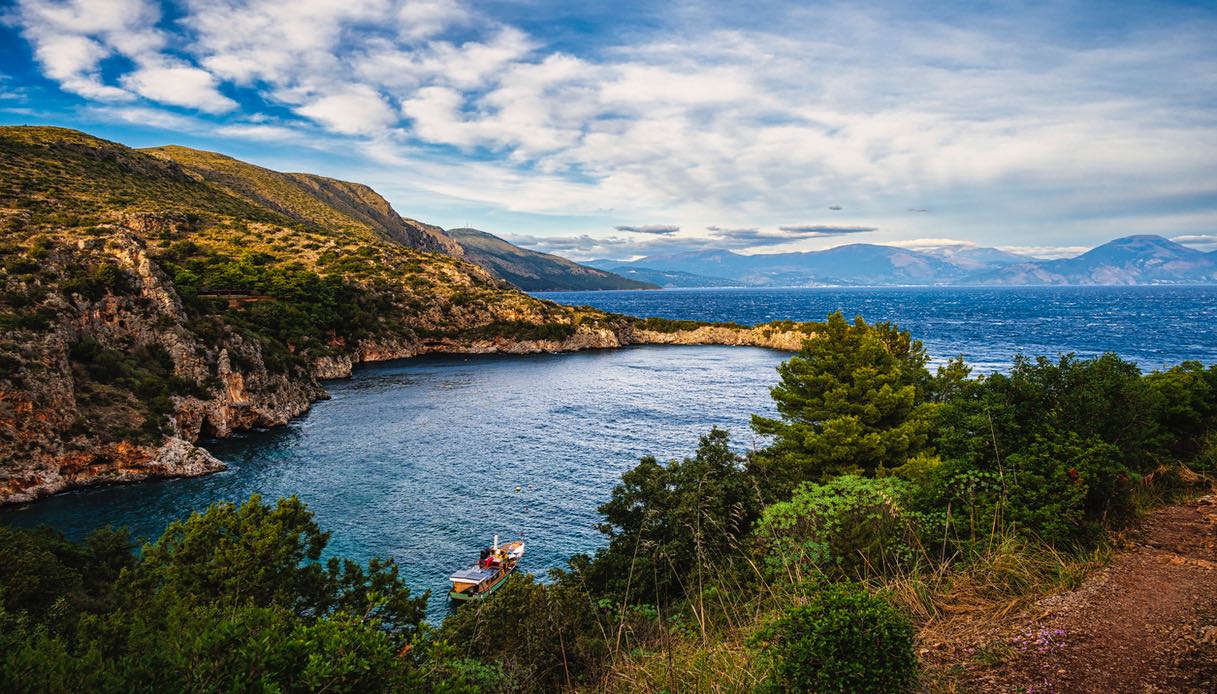June 8 is celebrated World ocean dayand (World Oceans Day), an important anniversary to reflect on the importance of the seas and oceans for our lives, but also to promote a greater sensitivity on the part of individuals and the community to safeguard the blue lung of the Earth , threatened by the damage caused by the pollution and dispersion of plastic and microplastic. Also in Italy, numerous initiatives will be carried out to raise awareness of the relationship with the seas and promote a greater response to a fundamental resource. For this occasion, we take you on a short tour to discover some of ours beaches and marine biodiversity heritage to be preserved
The most beautiful beaches in Italy in protected marine areas
U marine protected areas they constitute the main tool for the conservation of biodiversity and the management of natural resources in all the oceans and seas of the world. Italy boasts the largest network of marine protected areas in the Mediterranean – well 29 distributed from North to South – plus two Submerged parks (Baia and Gaiola) and the Cetacean Sanctuary. The objective stated in the Maritime Plan, approved by the resolution of the Interministerial Committee of Maritime Policies of July 31, 2023, is to reach it protects 30% of Italian seas.
Among the marine paradises, treasure of biodiversity, there is the protected marine natural area Cinque Terrebetween Punta Mesco to the west and Punta di Montenero to the east, in front of the Cinque Terre National Park. The reserve is of great interest for diving, with some diving points of naturalistic interest.
Another natural paradise is Cape Milazzo, among the most interesting landscape and naturalistic sites in the province of Messina. The protected area offers more than fifteen diving routes in the seabed characterized by white and yellow gorgonians, Posidonia oceanica meadows and black corals. A sea also made up of spectacular caves and rich fossiliferous deposits that are the subject of study by researchers from all over the world.
Equally crazy are the submerged scenarios of Chief Carbonarain Sardinia, characterized by granitic rocks that form pinnacles and bastions, depressions, cracks and rifts, often colored by the yellow of sea daisies or the red of gorgonians. Near the Variglioni of Isola dei Cavoli it is normal to meet schools of Mediterranean barracuda, while near the Secca di Cala Caterina you can admire a submerged spectacle made up of large granite flows, inhabited by a peaceful population of large groupers and goldfish.
It is located at Lenticularfraction of the municipality of Bedroom in the province of Salerno, and borders the municipality of San Giovanni a Piro, in the National Park of Cilento and Vallo di Diano, the marine protected area Costa Infreschi and Masseta, flagship of Campania. The area overlooks the Gulf of Policastro and is the point of greatest tourist attraction Porto Fresh, with its delightful little beach. There are numerous submerged caves, among which the Alabaster Cave.
Off the coast of Lazio, another sanctuary of marine biodiversity shines, that of the islands of Come on e Saint Stephen, a protected area that has among its goals the protection and valorization of the biological and geomorphological resources of the area and the promotion of socio-economic development compatible with the naturalistic importance of the area, also favoring the traditional activities already present .
What to do to protect our sea
As we know, safeguarding the health of the sea and oceans is more important than ever, as they are increasingly threatened by human activity. We can all help reduce marine pollution by following a few good practice Here are some examples:
- practice the separate collection of waste also on the beach
- do not dispose of cigarettes in the environment
- pick up trash on the beach
- avoid or reduce the consumption of disposable glasses, plates and cutlery
- choose eco-friendly solar products
- opt for towels and beach towels made from sustainable materials, such as organic cotton or bamboo
- support a sea defense organization or participate in beach cleanups
- respect the local fauna and flora
- consume local and sustainable fish

